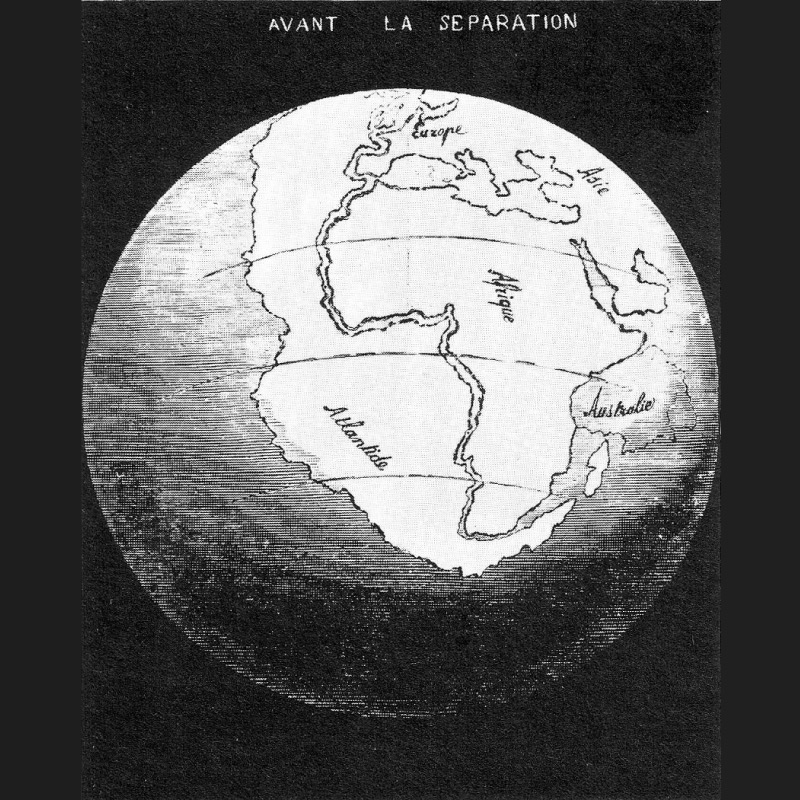Who first noticed that the continents fit together?
Alfred Wegener started the modern scientific discussion of “continental drift,” but he certainly wasn’t the first person to notice the way the continents seem to fit together and to wonder if this meant that continents move over time.
Remember that, prior to the voyages of Columbus, mapmakers in Europe, Africa, and Asia did not know that the Americas even existed. Therefore, it would have been impossible for anyone to notice the “fit” of the continents until more accurate world maps were made. The person generally credited with the first accurate world map was a man named Abraham Ortelius (1527–1598), and he was also the first person to notice the fit! In fact, he even proposed that the Americas had drifted away from Europe and Africa, suggesting that this might have been the result of earthquakes and floods occurring over long periods of time. In other words, even though we often credit the idea of “continental drift” to Alfred Wegener, the general idea predated him by more than 300 years.
Many others noticed the same fit and proposed similar ideas over the next 300 years. For example, a very influential geologist named Charles Lyell (1797–1875) was apparently convinced that the continents move gradually over time, and he wrote quite a bit about it. In 1858, a geographer by the name of Antonio Snider-Pellegrini even made a map showing how he imagined all the continents to have once been fit together as a supercontinent (Figure 1).
This might make you wonder why the idea did not get taken more seriously before the time of Alfred Wegener. It’s difficult to say for sure, but there were at least two contributing factors. First, many people, including many scientists, had a deeply held belief that Earth’s surface must be permanent, which made them reluctant to consider the possibility that it actually changed greatly over time. Second, as we discuss in the section, the fit was only one part of the evidence that Wegener used to support his hypothesis, and much of that evidence only became available in the decades immediately preceding his work.
